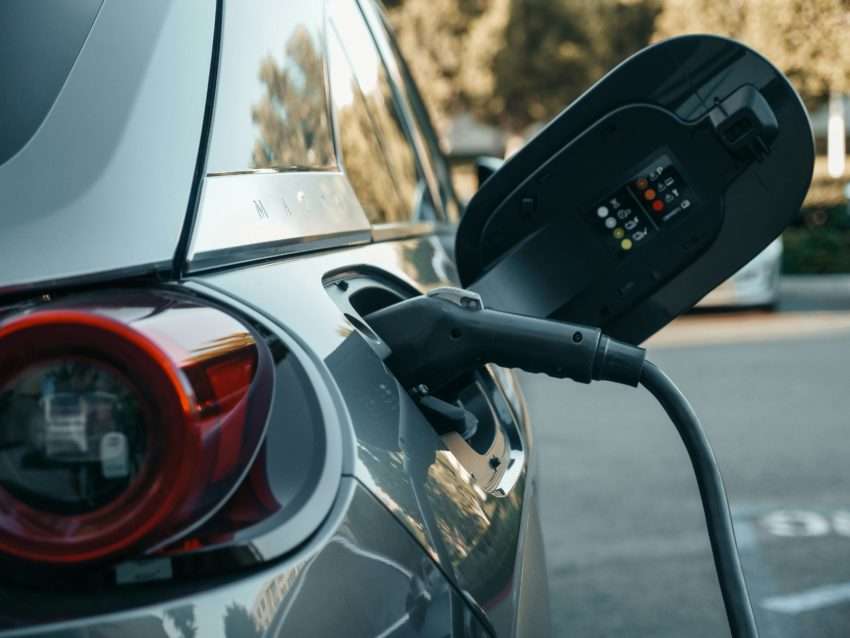
Are Electric Vehicles Safer Than Gas Cars? Here’s What the Data Says
In 2023, 40,990 lives were lost in motor vehicle crashes across the U.S., which is more than 120 deaths every single day. As the number of electric vehicles (EVs) on the road continues to grow, a common question is: Are EVs actually safer than traditional gas-powered cars?
At Omega Law Group, we took a deep dive into the latest crash and fire data to see how EVs and gas vehicles stack up. The results may surprise you and might even influence your next car purchase.
Crash Protection: EVs Have the Edge
All vehicles sold in the U.S. must meet federal safety standards. But EVs often come loaded with advanced safety features that give them a leg up in crash prevention. Features like automatic emergency braking, lane departure warnings, and forward collision alerts are common in newer EVs, and some are even standard.
Structurally, EVs also offer benefits. Without a bulky gas engine up front, EVs can be designed with a lower center of gravity and reinforced frames. This makes them less likely to roll over and helps them absorb crash forces more effectively.
Data from insurance studies backs this up: injury claims for EV drivers are 40% lower than for drivers of gas-powered vehicles.
Fires: The Unexpected Winner
Let’s talk about fires, yes, EV battery fires make headlines, but gas-powered vehicles are far more likely to catch fire overall. Here’s the breakdown:
-
Gas vehicles: 1,530 fires per 100,000 sold
-
Electric vehicles: 25 fires per 100,000 sold
That’s a massive difference. While EV fires can be harder to extinguish due to battery design, they’re significantly less common than fires in gas-powered cars.
What About Gas-Powered Vehicle Safety?
Gas vehicles have a longer history of crash testing and real-world performance. Many models rank highly in safety tests, especially recent ones with updated technology. But older vehicles? Not so much. They may lack modern features like blind spot detection or crash-avoidance systems.
This means your safety in a gas car largely depends on what, and how old, you’re driving.
EV Popularity Is Rising Fast
As of 2023, there are about 3.3 million electric vehicles on U.S. roads. That’s still a small portion of the 288 million total vehicles, but EV adoption is growing fast.
Drivers are switching to EVs not just for environmental reasons, but also because of:
-
Better access to cutting-edge safety features
-
Lower risk of fire
-
A smoother, quieter ride
-
Reduced maintenance and fuel costs
However, EVs come with new safety considerations. One example? Because they’re so quiet, EVs are now required to emit artificial sounds at low speeds to warn pedestrians.
The Real Safety Factor: Driver Behavior
No matter what vehicle you drive, the biggest safety factor is still you. Risky driving behaviors—like speeding, texting behind the wheel, driving under the influence, or driving while exhausted—are the leading causes of accidents.
The type of engine doesn’t matter if you’re not focused on the road.
Final Thoughts from Omega Law Group
At Omega Law Group, we’re big believers in using data to help people make informed, safer choices. EVs are showing promising safety stats across the board, but even the safest car can’t protect against distracted or reckless driving.
Whether you drive electric or gas, stay alert, buckle up, and drive smart. That’s the real key to staying safe out there.